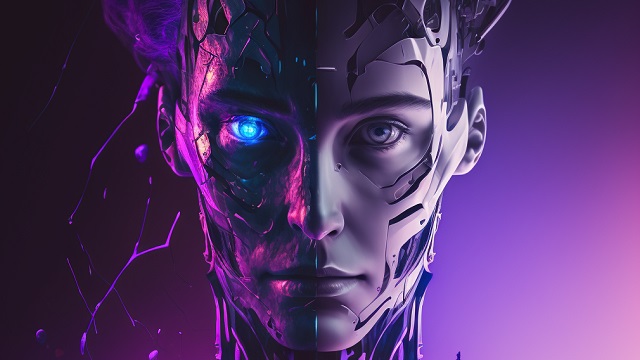Standing Computers and Their Functions
Computers are ubiquitous in our modern world, performing an array of tasks that have transformed the way we live, work, and communicate. These devices are complex and diverse, but at their core, they are designed to process data and execute instructions to perform a wide variety of functions.
What is a Computer?
A computer is an electronic device that manipulates information or data. It comprises both hardware and software components working in harmony to process, store, and output information.
Components of a Computer
1. Hardware:
This physical aspect includes components such as the central processing unit (CPU), memory (RAM), storage devices (hard drives, SSDs), input devices (keyboard, mouse), output devices (monitor, printer), and connectivity peripherals (network cards, USB ports).
2. Software:
These are the programs and instructions that control the hardware, including the operating system, applications, and user-generated content.
Functions of a Computer
1. Input:
Computers receive data and commands through input devices like keyboards, mice, touchscreens, and sensors.
2. Processing:
The CPU interprets and executes instructions from software, performing arithmetic, logic, and other operations.
3. Storage:
Data and instructions are stored in various forms, including temporary (RAM) and permanent (hard drives, SSDs) storage.
4. Output:
The processed information is displayed through output devices such as monitors, printers, and speakers.
5. Communication:
Computers facilitate communication between devices and users through networks and the internet.
Types of Computers
1. Personal Computers (PCs):
Ranging from desktops to laptops, these are designed for individual use.
2. Servers:
3. Mainframes:
Powerful computers used by large organizations for critical applications.
4. Supercomputers:
High-performance machines used for complex scientific and engineering tasks.
Evolution of Computers
Computers have evolved significantly from room-sized machines to pocket-sized smartphones. Advancements in technology have led to increased processing power, reduced size, and enhanced capabilities, enabling them to perform tasks that were once inconceivable.
The Impact of Computers
The impact of computers on society is immense. They have revolutionized industries, improved efficiency, facilitated global communication, and transformed the way we access and process information.
Conclusion
In essence, a computer is a versatile tool that processes data through input, processing, storage, and output functions. Its continuous evolution shapes the world we live in and promises further advancements that will continue to redefine our future.This article covers the basics of what a computer is and how it functions, its components, types, evolution, impact on society, and its role in shaping our world.
https://cruel-theme.com/b.3eV/0SP/3Yp/vhbsm/V/JwZLD-0/1AMZjwIE4tNdTNUZ4/LhTZUvyBMnjpg/1fNcTVkB




.webp)







.jpeg)
.jpeg)

.jpeg)
